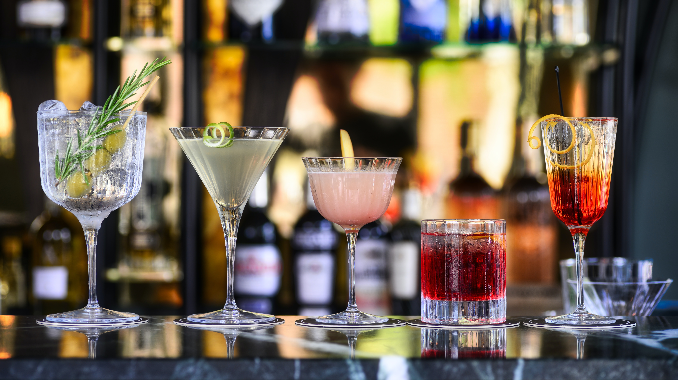The Craft Cocktail Revolution, Explained
Photo by M.S. Meeuwesen/Unsplash
The craft cocktail is a genre that refuses to define itself by a set string of words. Eater gave it a go by asking 14 experts and writers, “What exactly is a craft cocktail? And how is that different from a classic cocktail? Or an artisanal cocktail? Or just a mixed drink?” In 2015, VinePair wrote, “While we can agree that the definition of a craft cocktail is flexible to an extent, branding yourself as a craft cocktail bar gives you license to be pricey.” When talking about the Austin cocktail scene at the Austin Food & Wine Festival, cocktail bar DrinkWell’s Jessica Sanders defined craft cocktails as a coming together of “quality spirits, fresh juice and good techniques.”
These varied definitions beg a simple question: What makes a craft cocktail a craft cocktail?
The 1920s and the Prohibition Effect
The craft cocktail’s origins can be traced back to the Prohibition era.
The reform movement that came into effect at midnight on January 17, 1920, was a nationwide ban on the import and distribution of alcoholic beverages between 1920 to 1933—enforced by a constitutional amendment—to reduce drinking and its presumed association with crime and corruption. On January 16, 1919, Nebraska’s ratification of the 18th amendment along with 35 other states outlawed liquor after reaching the three-fourths threshold. Soon, a new crop of homemade alcohol started emerging from the hidden enclaves of bootleggers. Industrial alcohol became a popular ingredient for the illegal alcohol trade, but the increase in production didn’t help the unpalatable flavor of the final product.
This bad taste resulted in the rise of a counterfeit high-proof liquor prepared in stills called moonshine. Illicit producers went to great lengths to mimic classic flavors such as bourbon or gin by adding agents like manure, dead animal parts and even rotten meat. Beyond the use of harsh flavorings to create spirits, bartenders also embraced fresh ingredients such as berries and herbs to mask the foul essence of the moonshine—an inflection point that has led us to modern-day craft mixology.
-

-

-

-

-

-

-

-

-

-

-

-

-

-

-

-

-

-

-

-

-

-

-

-

-

-

-

-

-

-

-

-

-

-

-

-

-

-

-

-








































